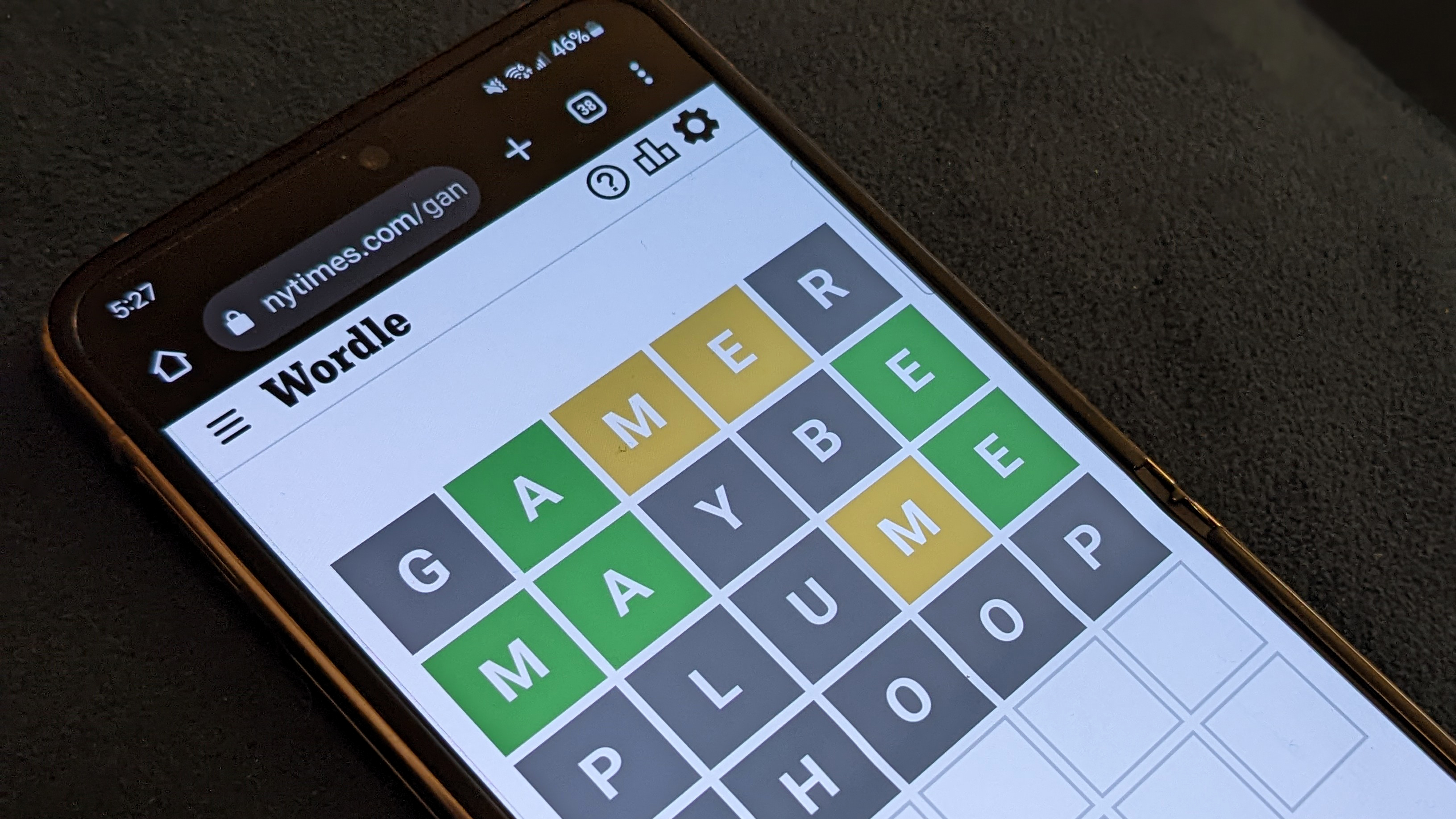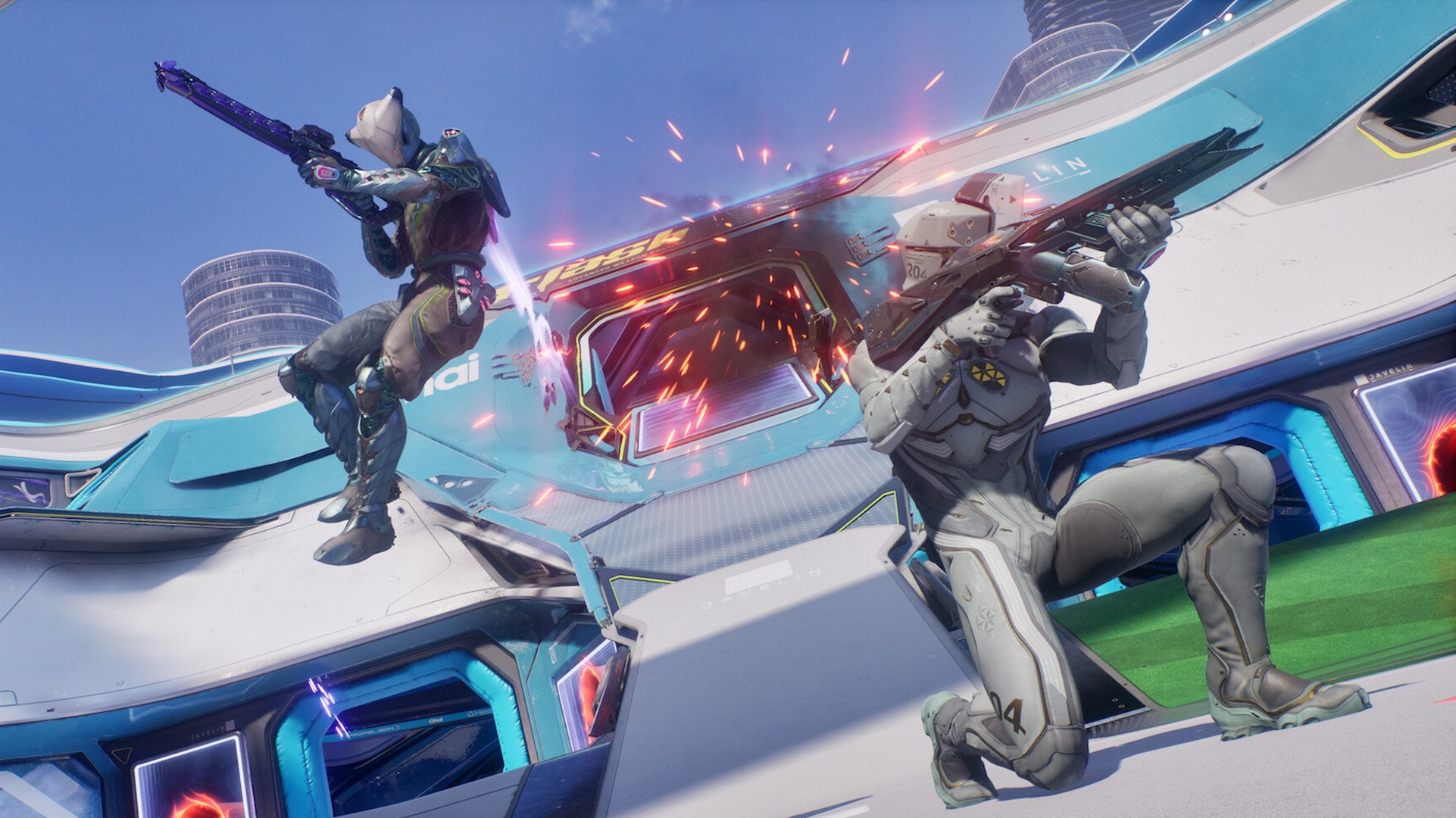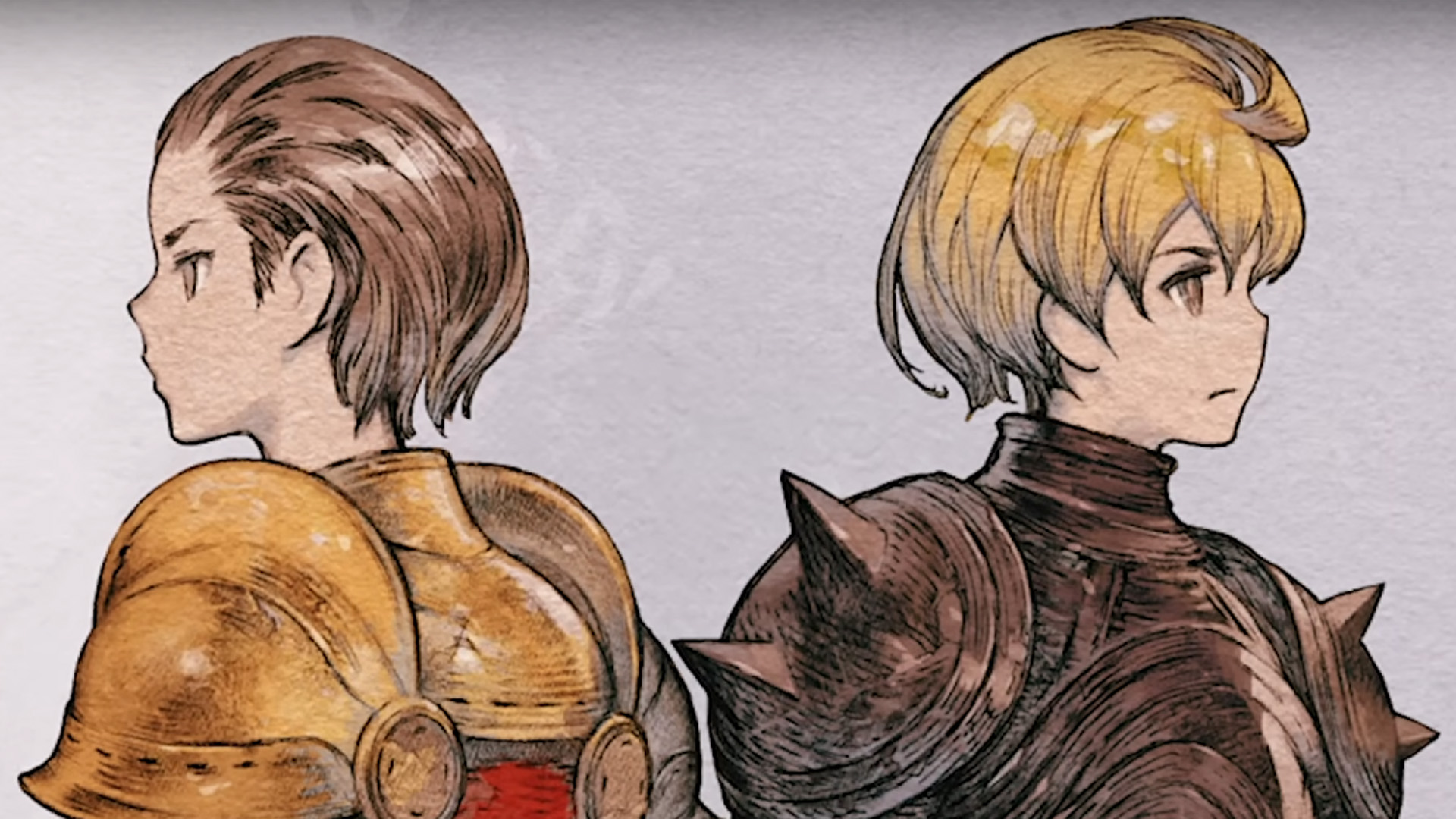
There are a lot of options out there for people who want to shoot their way through hordes of enemies with the company of their friends, but I’d wager none of them let you do so with a pet that doubles as a metal super arm that would even make Bucky Barnes jealous. Enter Synced, a roguelike looter shooter with an emphasis on a creative buddy system between man and man’s best bio-organic frenemy. That emphasis kept me engaged throughout my limited early access play session, but also highlighted some of its less imaginative elements, like some extremely basic gunplay, repetitive level design, and hit or miss skill progression.
What stands out immediately is the setting, which puts a lot more science into the sci-fi post-apocalypse. In Synced’s dark future, nanotechnology goes from miracle bioengineering breakthrough to society-collapsing super-oopsie pretty quickly. Nanoparticles in everyday people’s bodies got scrambled, turning most of them into mindless crystalline husks or some other more brutal form or rock-like monsters. There’s still some manner of ability to control nanotech on a small scale, which is where our super-powered survivors come into play. It ultimately boils down to shooting a lot of mean monsters, and even if that doesn’t functionally change the “zombie” formula, it does at least grant Synced some style points.
The big unique feature that tries to separate this looter shooter from the pack is your ability to weaponize these nano-beasts as companions that join you in battle. They come in four varieties that crush, shield, and shoot enemies at your command, becoming either great additional offense for your fireteam or resilient tanks to draw enemy fire away from you. They’re more than just Techno Pokémon, though. When not summoned to smash, they provide you with unique passive and active abilities, diversifying your kit options and always making their presence impactful. This is certainly the feature I am most interested in diving into in future iterations.
When not summoned to smash, the nano-beasts provide you with unique passive and active abilities.
The runners themselves, besides coming in various shapes, sizes, and temperaments, also have active and passive abilities specific to them. Glory does bonus damage when hitting enemy weak points, and can toss poisonous smoke that blocks sight. Some characters are more useful in PVE or PVP, depending largely on these skills. All of Dr. Stone or Deadcut’s abilities are useful in PVE, whereas Ragna’s ability to detect rival runners doesn’t apply in modes where there are none. These can sometimes spice up what is a very barebones third-person shooting otherwise, with no cover or stealth to be found.
With practice, you can offset these potential downsides with tactical acumen and some good loot. But the three-stage mission I played in my allotted demo time was tough. Each one required us to clear away storm surges of nano-energy, racing a surge counter that would gradually make the stage harder the longer we spent in it. If it got to 100%, we took continuous damage until completing the final task: destroying the big twisted surge formation. The storm surges were epicenters for enemy activity – swarms of monsters in various shapes and sizes all protecting a Prime Nano, the mini-boss causing all the ruckus. As the normal nanos were easy in small groups, these primes would often surprise me with how tenacious they can be.
The layout is randomized every time you start a new run, but not in a way that feels significantly different from the last one.
You can dawdle to clear more storms than required if you want to gain more loot and opportunities at more mods, but the clock is ticking, and I felt that tension between exploration and getting to the end as quickly as possible. What I didn’t feel was much urge to explore. The first mission’s stoic warehouses, ghostly trainyards, and rolling hills were not very appealing. The layout is randomized every time you start a new run, but not in a way that feels significantly different from the last one.
During missions, you get a currency from enemies that you can spend on upgrades that alter runners and their companions offense and defense, roguelike-style. I really got a kick out of this system, especially when the RNG was in my favor, giving me skills that doubled and tripled down on each other. With weapons being largely generic modern military fare, these upgrades added a flair that was really missing without them. I really favored anything that would allow me to generate explosives by attacking and defeating enemies, letting me wreak a little offensive chaos of my own to even the odds. You can also find runner mods, which can be equipped between runs which further add some nuance and customizability to gameplay. These felt more miss than hit though, as some boosts seem to have minor noticeable effects and others just seemed to not work at all.
All in all, this looks like a good first strike against the dense wall of looter shooter service games that Synced is attempting to infiltrate. There are still a few lingering questions of course – how will monetization work, will there be cross-play, etc. But its strong theme and central focus on AI battle buddies does at least add some intrigue beyond the completely competent, if not simplistic shooting and looting, and inconsistent character skills and mods. You’ll be able to drop in and take it to the nano-apocalypse yourself when the Synced beta opens to the public on Dec 10th.





